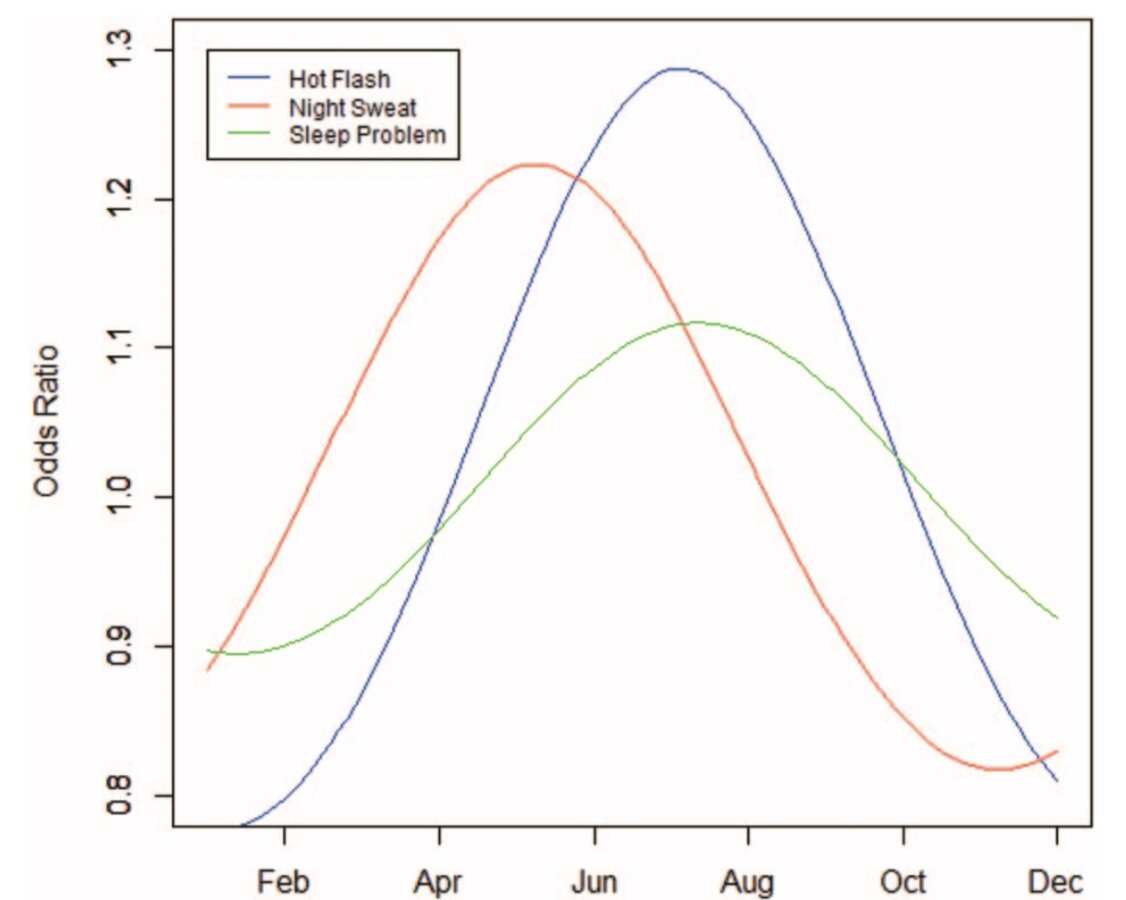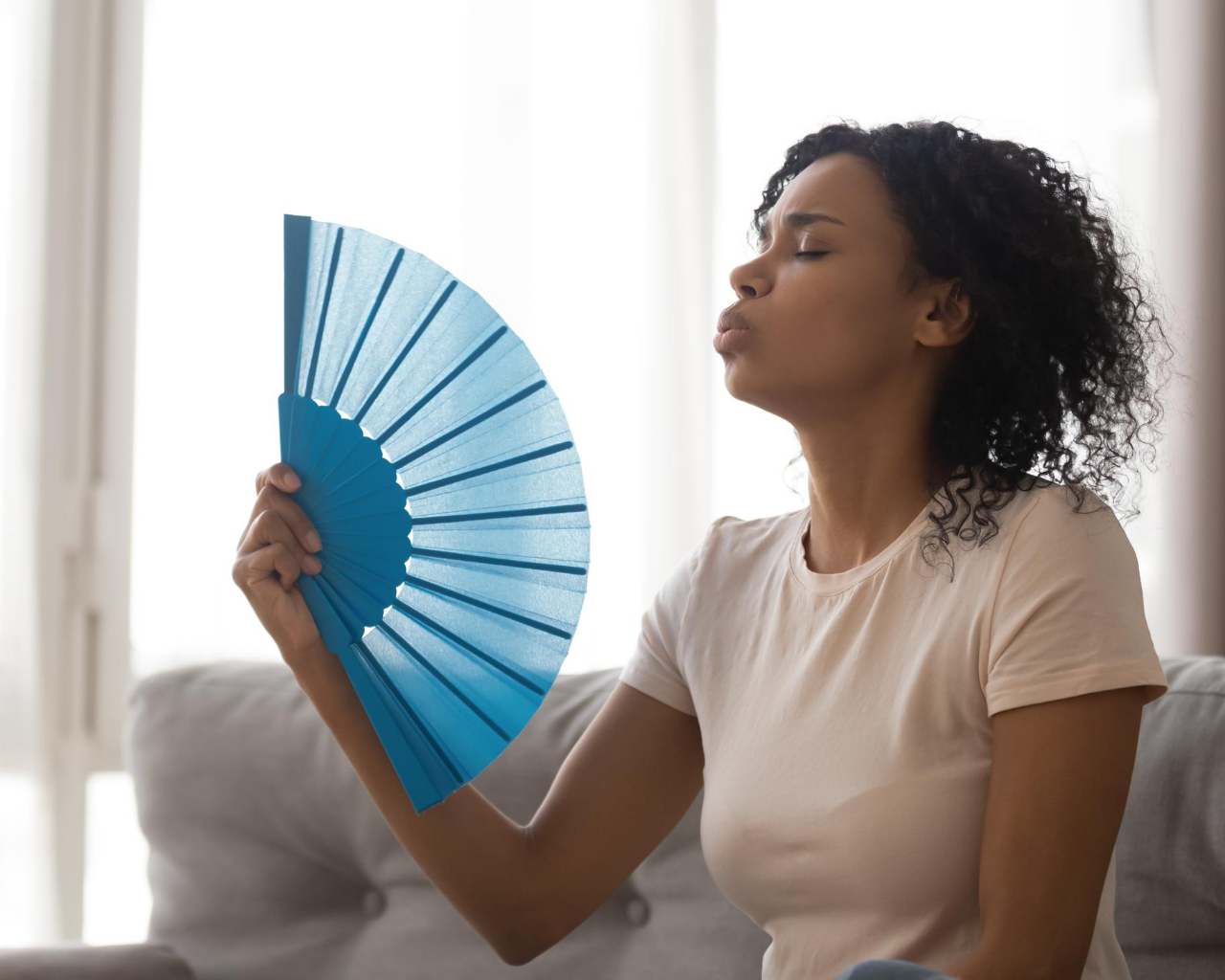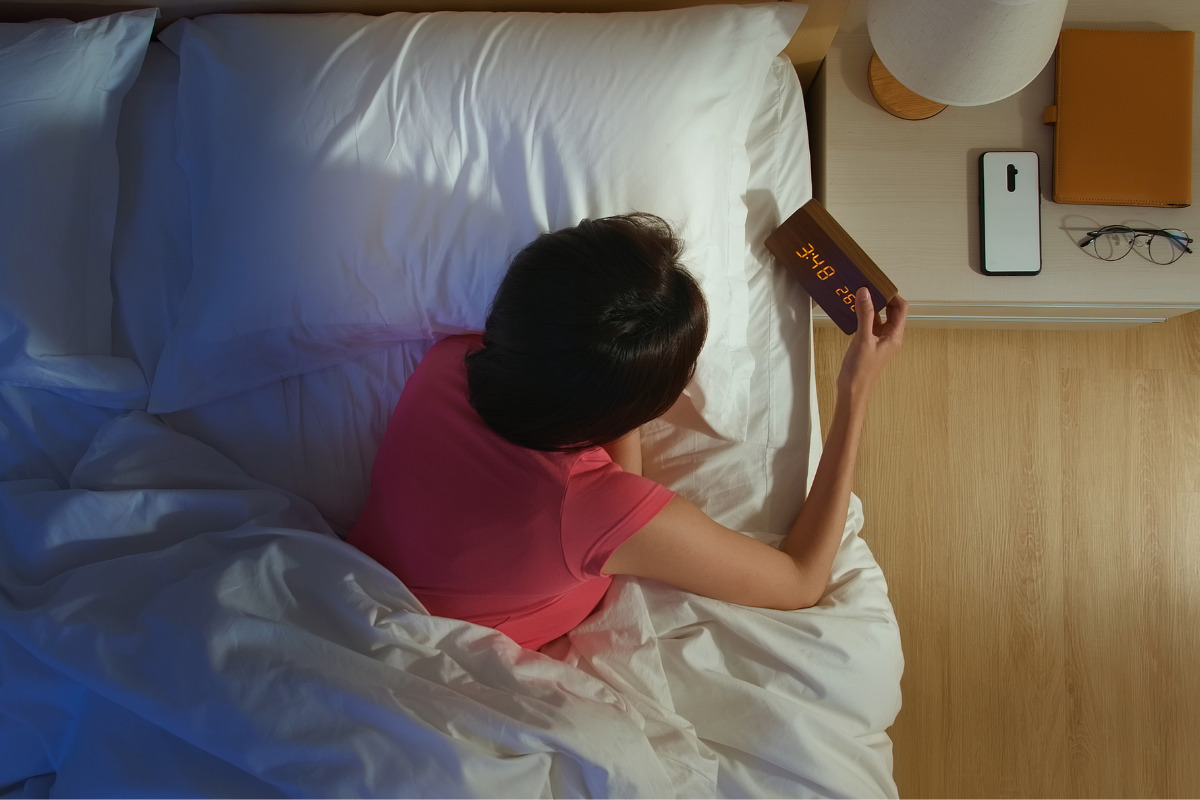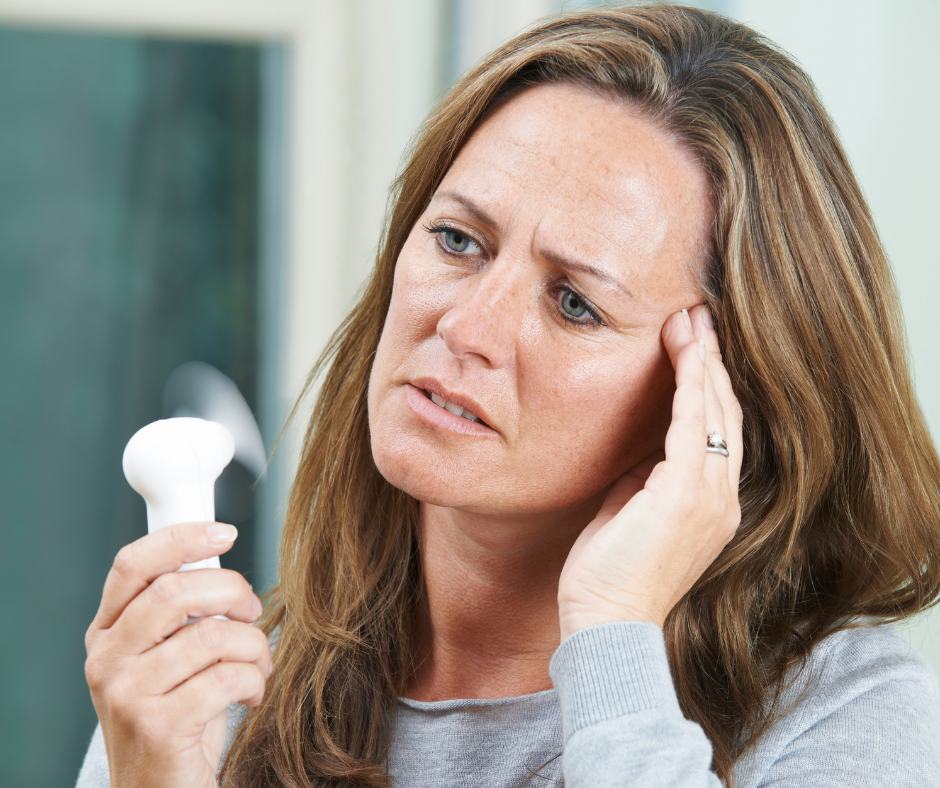Managing Hot Flashes in Hot Weather

In many parts of the world, summer means hot weather, with temps in some areas reaching into the 100’s. It’s also the season when our hot flashes seem to be, well, hotter and more uncomfortable than usual. That got us wondering. Is there a connection between the weather and hot flashes and night sweats during menopause?
Hot Flashes and the Seasons
The prevalence of hot flashes and night sweats starts to increase four years before the final menstrual period, with a big jump right around the final menstrual period. Research shows that different ethnicities experience hot flashes and night sweats differently. Black women are most likely, and Japanese women are least likely to report hot flashes and night sweats. In contrast, white women are most likely to report trouble sleeping across time. The odds of hot flashes also increased with age at the final menstrual period and with a higher body mass index.
We know that many aspects of reproduction are influenced by the season, including the timing of menopause, the timing of menarche, and the timing of birth. A recent study observed seasonal effects of hot flashes and night sweats with the winter and summer solstices. The winter solstice has the shortest period of daylight, while the summer solstice has the longest period. The data reveals that hot flashes and trouble sleeping peak in July, while night sweats peak in June. Hot flashes are at their lowest in January, and the low point for night sweats is in December. In fact, your odds of experiencing hot flashes are sixty-six percent greater in July than in January. The data suggests that the seasonality effect was not driven solely by temperature alone. Other potential factors include temperature changes and changes in light. A separate study puts forward the theory that women experiencing hot flashes and night sweats have a smaller thermoneutral zone leading to greater sensitivity to small temperature changes. Also, circadian regulation of body temperature is increasingly unreliable as we age.
Differences across ethnicity were observed, with the strongest seasonal effects in Japanese women. Separate studies have looked at the seasonal impact of hot flashes and night sweats in different parts of the world with different results. For example, a study of women in India found that seasonal temperature variation did not appear to influence hot flash reporting. However, in a combined study of Spanish-speaking women in Chile, Ecuador, Panama, and Spain, those living in countries with higher temperatures and lower altitudes reported more frequent and problematic hot flashes.
While researchers still don’t have all the answers about why women experience hot flashes and night sweats during menopause, understanding that frequency and intensity are influenced by the change in seasons can help us prepare to manage our symptoms, especially during hot weather.

Tips for Staying Cool in Summer
Experts agree that lifestyle changes are a solid strategy for reducing the frequency and intensity of hot flashes and night sweats. However, the impact of your efforts to eat healthier, get more exercise, lose weight, and quit smoking, naming a few, may take time. Meanwhile, try these simple tips when you need immediate relief from hot flashes when the weather is warmer.
- Keep ice-cold beverages close at hand, preferably water, while avoiding hot drinks, caffeine, and alcohol. If you feel a hot flash coming on, cup your hands around the cold bottle or glass. Stainless steel water bottles like Klean Kanteen keep beverages icy cold for a long period.
- Eat cold, light meals that don’t require turning on the oven and are easy to digest and refreshing, like salads and chilled soups. Chilling the dishes in the freezer for a few minutes before plating the food adds an additional cooling touch!
- Avoid spicy and hot foods, as well as heavy meals. They are well-known hot flash triggers.
- Moderate your alcohol intake. Alcohol is another common hot flash trigger. Sparkling water with natural plant essence and unsweetened ice tea are always good alternatives on a hot day.
- Invest in a freezable neck cooler or simply freeze clean, wet washcloths to use when you are sitting at your desk, reading, watching TV, or walking in hot weather.
- Wear light, loose, breathable clothing made from natural fibers like cotton.
- Practice deep breathing or other relaxation technique.
- Take a cold or lukewarm shower before bed. It will help to relax you and get your body ready for sleep.
- Sleep in a cool room – 65 degrees or cooler – for a better night’s sleep.
- Swap out heavy bedding with a light sheet and thin blanket.
- Place a frozen ice pack under your pillow and turn your pillow frequently to get the cooling benefit.
- Maintain good sleep hygiene to help you fall asleep and stay asleep.

Suffering from hot flashes is no fun, making it worthwhile to make small lifestyle adjustments to get relief. Download Midday from the App Store or visit us at Midday.Health.
Sign up for more unique women’s health content
By submitting this form, you agree to the Lisa Health Privacy Policy and Terms of Use


